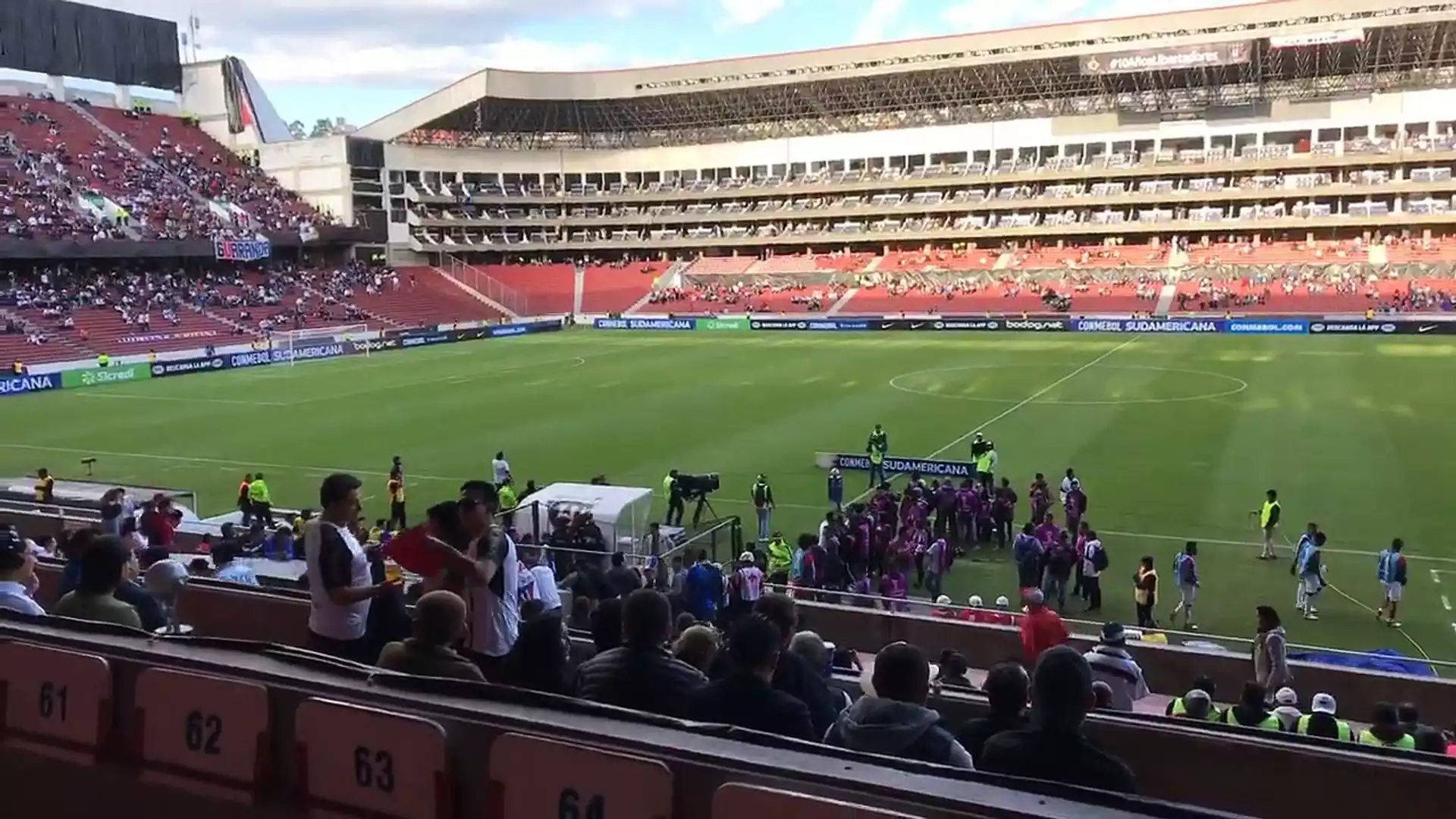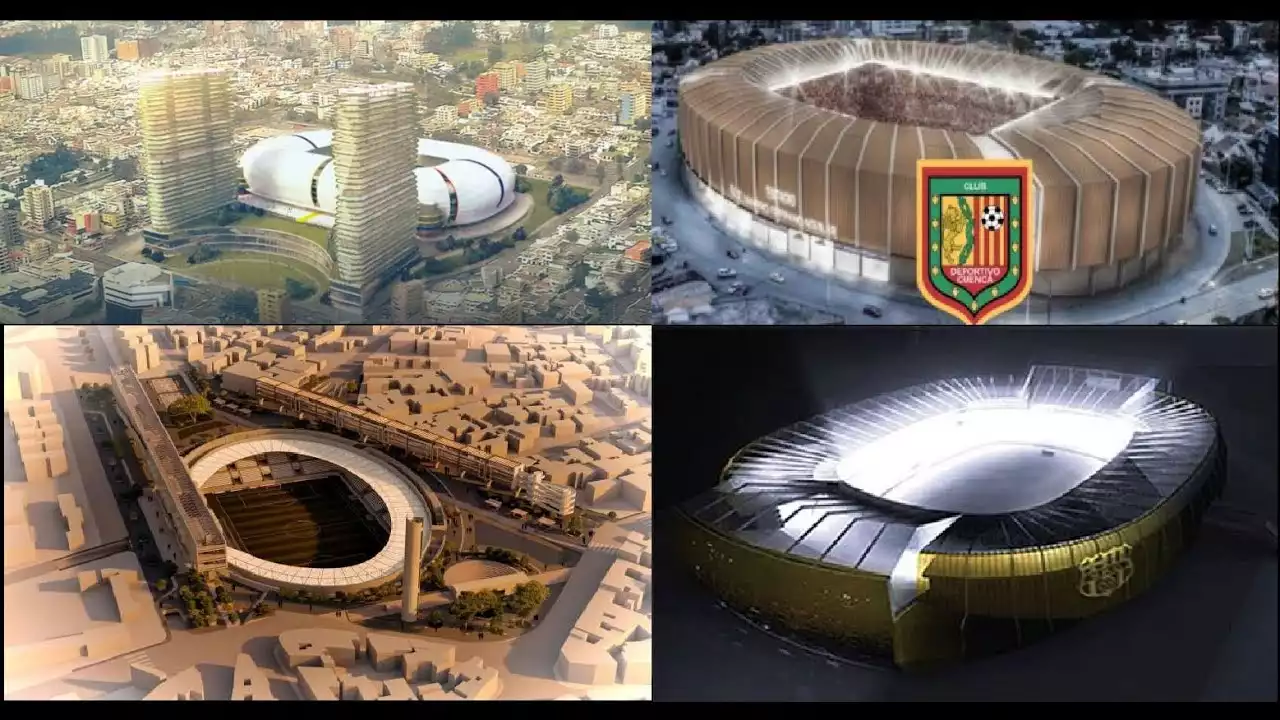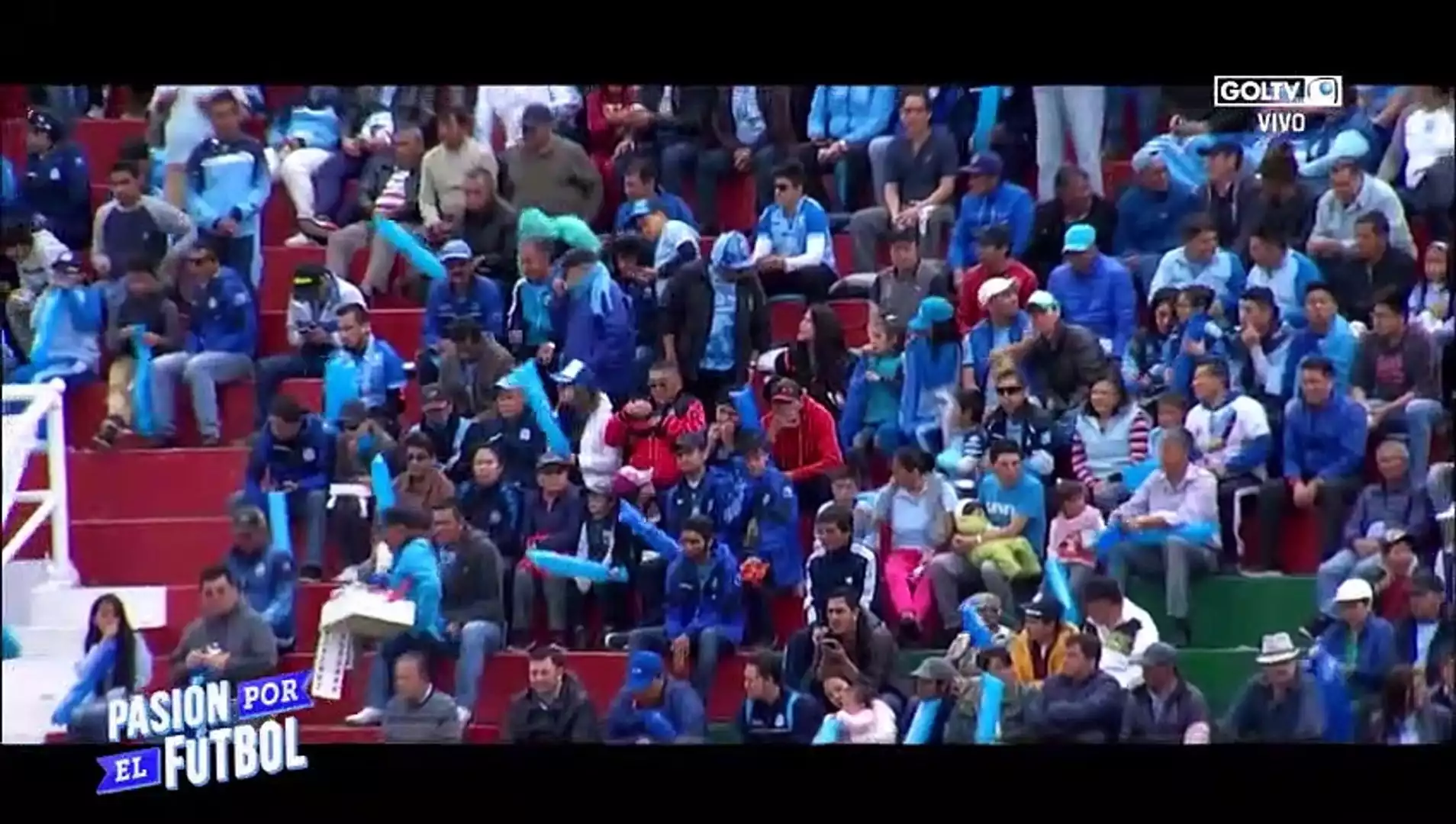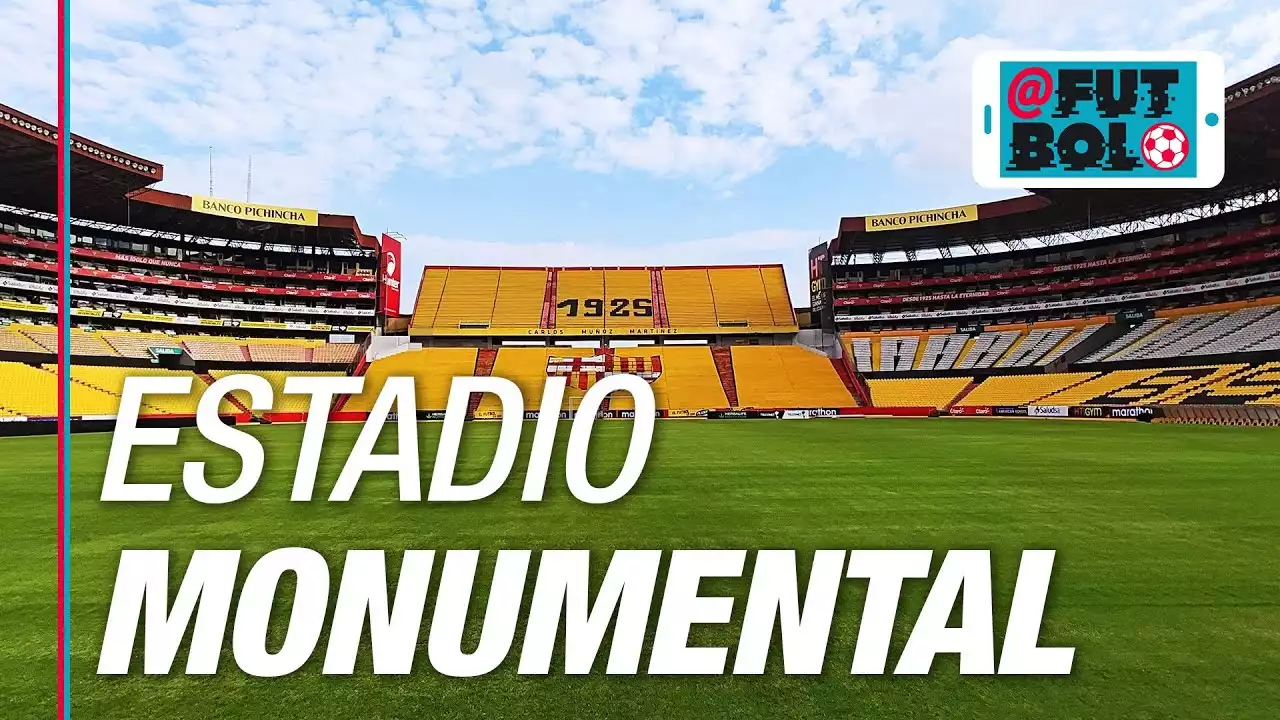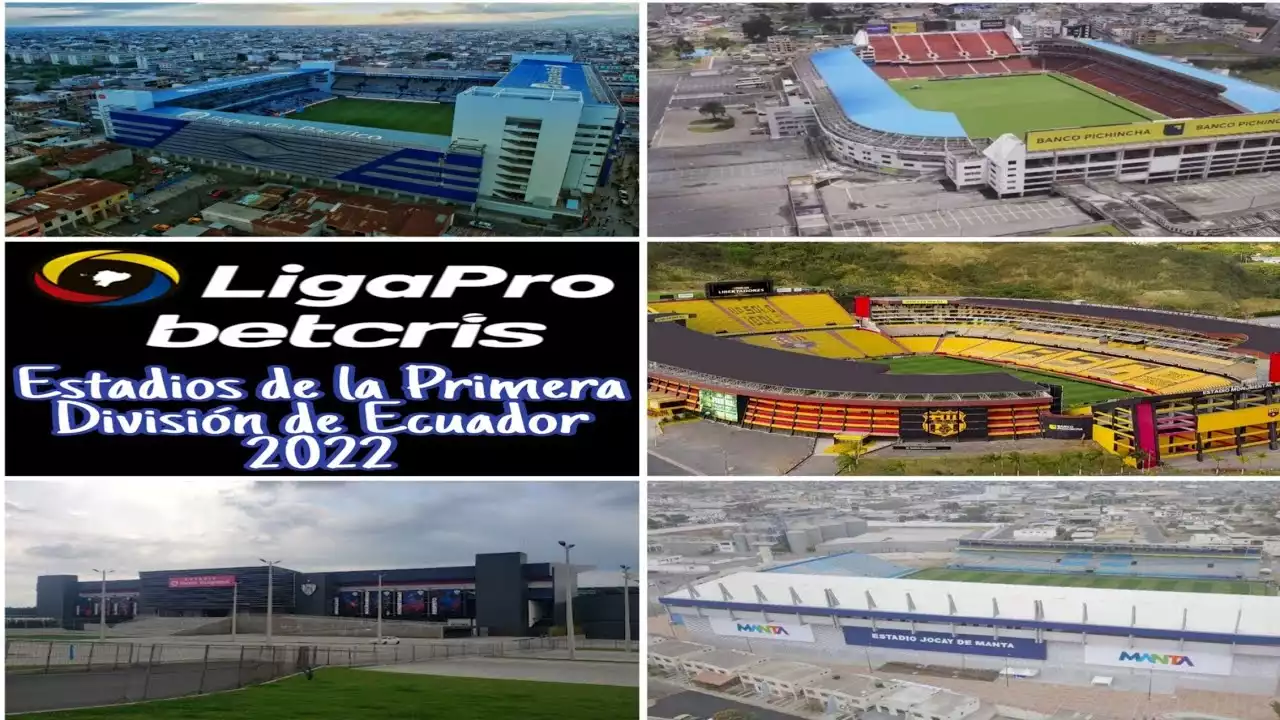The Early Days of Quito's Football Clubs
Football has been a part of Ecuador's culture since the early 20th century. Quito, being the capital city, was home to some of the most prominent football clubs in the country. The first football club in Quito, known as Club Sport Quito, was established in 1931. The club was founded by a group of young football enthusiasts who were passionate about the sport and wanted to create a platform for local players to showcase their talent.
In the following years, more football clubs were established in Quito, and the sport gained widespread popularity among the residents. The clubs started competing against each other in local tournaments, and the matches drew large crowds of spectators. As the popularity of football grew, the need for a proper stadium became evident. The existing stadiums in the city were either too small or lacked the necessary facilities to accommodate the growing number of spectators. It was then that the idea of building a new stadium was first proposed.
The Construction of Estadio Rodrigo Paz Delgado
The construction of Estadio Rodrigo Paz Delgado began in 1995 and was completed in 1997. The stadium was named after Rodrigo Paz, a prominent businessman and former president of Liga Deportiva Universitaria de Quito (LDU Quito), one of the most successful football clubs in Ecuador. The stadium was designed by the renowned architect, Jose Maria Sotomayor, and has a seating capacity of 41,575.
The stadium is located in the southern part of Quito and is surrounded by the majestic Andes Mountains. It is one of the most modern stadiums in South America and has all the necessary facilities to host international matches. The stadium has four main stands, including the General Stand, the Oriental Stand, the Occidental Stand, and the South Stand. Each stand has its own unique characteristics and offers a different view of the pitch.
The Inaugural Match and Early Events at the Stadium
The inaugural match at Estadio Rodrigo Paz Delgado was played on March 6, 1997, between LDU Quito and Brazilian club Flamengo. The match was attended by over 35,000 spectators and ended in a 2-2 draw. Since then, the stadium has been the home ground for LDU Quito, one of the most successful football clubs in Ecuador.
Over the years, Estadio Rodrigo Paz Delgado has hosted several international football tournaments, including the 1997 Copa America, the 2002 Copa Libertadores, and the 2004 Copa Sudamericana. The stadium has also been a venue for concerts and other cultural events, making it a significant part of Quito's cultural landscape.
Memorable Matches and Events at Estadio Rodrigo Paz Delgado
Estadio Rodrigo Paz Delgado has been witness to some of the most memorable football matches in Ecuador's history. One such match was the final of the 2008 Copa Libertadores, where LDU Quito defeated Brazilian club Fluminense to become the first Ecuadorian club to win the prestigious tournament. The match was played in front of a capacity crowd of over 41,000 spectators, and the stadium erupted in celebrations after the final whistle.
Another memorable event at the stadium was the 2013 FIFA U-20 World Cup, where Estadio Rodrigo Paz Delgado hosted several matches, including the final between France and Uruguay. The tournament showcased some of the most promising young talents in world football and was an excellent opportunity for Ecuador to showcase its footballing culture to the world.
The Impact of the Stadium on Quito's Football Culture
Estadio Rodrigo Paz Delgado has had a significant impact on Quito's football culture. The stadium has become a symbol of pride for the residents, and its iconic design has made it one of the most recognizable landmarks in the city. The stadium has also played a crucial role in the development of local football talent, providing a platform for young players to showcase their skills and hone their craft.
The stadium has also been a source of inspiration for football fans in the city. The passion and energy of the fans during matches have created a unique atmosphere in the stadium, making it one of the most intimidating grounds for visiting teams. The stadium has become a place where fans can come together and celebrate their love for the sport, creating a sense of community and belonging.
Renovations and Improvements Over the Years
Over the years, Estadio Rodrigo Paz Delgado has undergone several renovations and improvements to keep up with the changing times. In 2008, a new scoreboard was installed, and the playing surface was replaced with a more modern artificial turf. The stadium's lighting system was also upgraded, making it possible for matches to be played at night.
In 2015, the stadium underwent a major renovation, which included the installation of new seats, the construction of VIP areas, and the expansion of the parking lot. The renovation was aimed at improving the overall match-day experience for fans and making the stadium more comfortable and accessible.
The Future of Estadio Rodrigo Paz Delgado
The future of Estadio Rodrigo Paz Delgado looks bright. The stadium has become an integral part of Quito's cultural heritage, and its significance will only continue to grow in the coming years. The stadium has already been selected as one of the venues for the 2023 Pan American Games, which will be held in Ecuador.
The stadium is also likely to undergo further renovations and improvements in the future, as the demand for world-class facilities continues to grow. The stadium's location and iconic design make it a prime candidate for hosting international events, and it is likely that the stadium will continue to play a crucial role in the development of Ecuadorian football.
How to Visit and Experience the Stadium
If you're a football fan or a lover of culture and history, a visit to Estadio Rodrigo Paz Delgado should definitely be on your itinerary when visiting Quito. The stadium offers guided tours, which give visitors a chance to explore the stadium's facilities, learn about its history, and experience the excitement of being on the pitch.
During match days, the stadium comes alive with the energy and passion of the fans, creating an unforgettable experience for visitors. The atmosphere in the stadium is electric, and the chants and songs of the fans create a unique atmosphere that is sure to leave a lasting impression.
